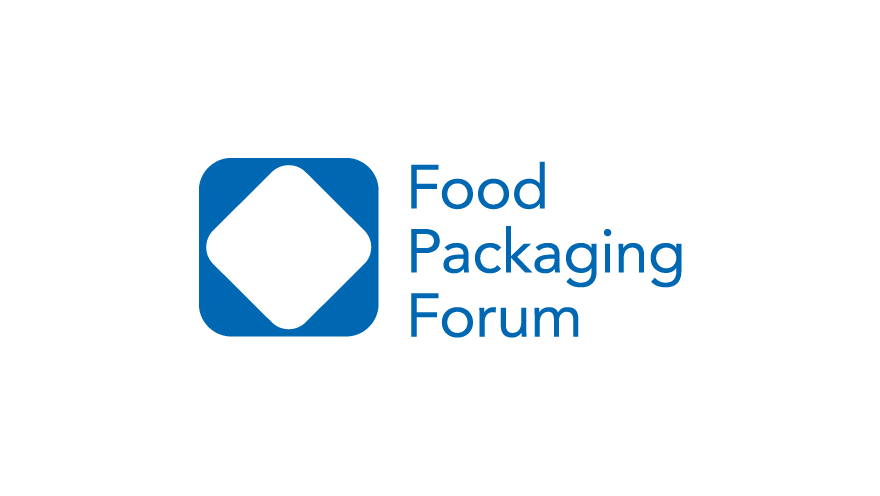2020-10-17 19:56:12
China CDC isolated live new coronavirus in cold chain food packaging
This is the first time that the live new coronavirus has been isolated on the outer packaging of cold-chain food, and it has been confirmed that contact with the outer packaging contaminated by the new coronavirus can cause infection.
Beijing News Express According to the news from the website of the Chinese Center for Disease Control and Prevention on October 17, recently, the Chinese Center for Disease Control and Prevention conducted an investigation into the source of the new crown pneumonia epidemic in Qingdao. It was detected and isolated from positive samples of imported frozen cod carried by workers. Live virus. This is the first time that the live new coronavirus has been isolated on the outer packaging of cold-chain food, and it has been confirmed that contact with the outer packaging contaminated by the new coronavirus can cause infection.
1. The significance of separating live viruses from cold chain food packaging
The isolation of live virus from Qingdao cold chain food outer packaging is the first time that it has been confirmed outside the laboratory that the new coronavirus can survive on the outer packaging of items for a long time under special conditions of cold chain transportation, suggesting that the new coronavirus uses cold chain items as carriers Possibility of long-distance cross-border input. Under certain environmental conditions, the virus on the surface of the article may cause infection of susceptible contacts without effective protection. The people at risk of infection are mainly employees of cold chain articles. This finding suggests that while preventing the importation of infected persons abroad, it is necessary to pay attention to the risk of importing viruses from cold chain items contaminated with viruses abroad.
2. The risk of cold chain food circulating in my country's market being contaminated by the new coronavirus is very low
Recently, the relevant departments of our country have carried out the new coronavirus nucleic acid sampling test on cold chain food. As of September 15, 24 provinces across the country had submitted 2.98 million test results, including 670,000 samples of cold chain food and packaging, 1.24 million samples of employees, and 1.07 million environmental samples. There were only 22 food and packaging samples. The nucleic acid of the new coronavirus was positive in the virus, the viral nucleic acid load was low, and no live virus had been isolated before.
3. The risk of infection of the general public from contact with or eating cold chain food is very low
Existing research and prevention and control practices show that new coronary pneumonia is not a food-borne disease, and no infection caused by food intake has been found. So far, no cases of consumer infection due to contact with contaminated cold chain seafood have been found, and the risk of infection among Chinese consumers is extremely low. The main route of transmission of the new coronavirus is still through respiratory droplets and close contact. At the same time, the relevant departments in my country have increased the monitoring and disinfection of imported cold chain foods for the new coronavirus. The general public should pay attention to keeping them clean and separate the raw and cooked foods, so that they can purchase and eat imported fresh food as usual.
4. Daily protection suggestions for practitioners in related industries
Viruses surviving under certain conditions on virus-contaminated items may cause infection of susceptible contacts without effective protection, mainly employees in related industries. The “New Coronary Pneumonia Prevention and Control Plan (Seventh Edition)” recently issued by the State Council’s Joint Prevention and Control Mechanism for the New Coronavirus Pneumonia Epidemic Situation has required all localities to implement daily protection, health monitoring, and active nucleic acid screening for employees involved in cold chain food. Improve environmental sanitation conditions for production, processing and trading, and reduce the risk of infection among employees.
The Chinese Center for Disease Control and Prevention recommends that industry practitioners who are in close contact with cold chain products with high potential for new crown virus contamination at work, such as those engaged in cold chain product handling, processing, and sales, need to increase their awareness of protection and do daily protection , Avoid direct skin contact with cold chain products that may be contaminated, and do not take off the work clothes that may be contaminated after contact with cold chain products. Do not touch your mouth, nose and eyes before washing your hands and disinfection. Wash your hands and disinfect them immediately after the work is completed, and conduct regular nucleic acid screening.
Edit Peng Qihang
Source: Chinese Center for Disease Control and Prevention
Original title: Chinese Center for Disease Control and Prevention isolated live new coronavirus from cold chain food packaging



Comment